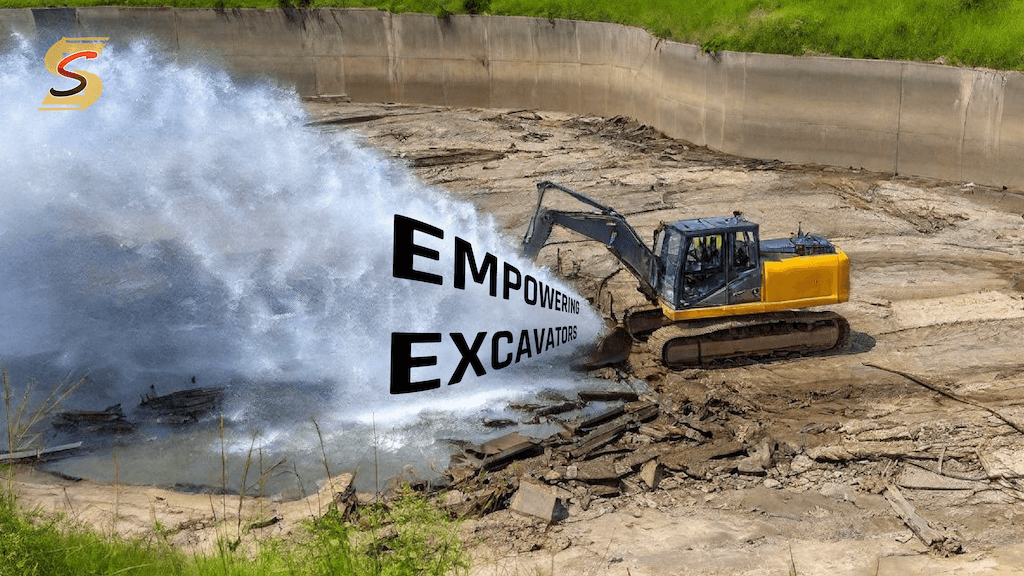
In the utility world, excavators often shoulder much of the responsibility for damage prevention - even though they don’t usually own the infrastructure they’re working around. Accidental strikes can be costly, delay projects, and potentially harm both workers and the public. Unfortunately, excavators are frequently left in the dark with incomplete or outdated utility maps, yet they’re still expected to operate safely. To make excavation sites safer and minimize risk, here’s how excavators can take the lead in damage prevention, supported by technology and a seat at the industry table.
In 2019, excavators were responsible for 33,665 utility damages across the U.S., accounting for 9.78% of all reported incidents. Overall, damages from excavation activities cost the U.S. around $30 billion that year. There's got to be something they can do to counter these damages....
1. Equip Excavators with Cutting-Edge Detection Tools
Technology has evolved to give excavators more control over the detection and prevention process. Tools like RODRADAR and similar ground-penetrating radar (GPR) systems can map underground utilities with precision, offering real-time data on the location of buried infrastructure. Unlike traditional locate markings, which may degrade over time or be inaccurate, these advanced systems allow excavators to get a clear, accurate view of the underground environment before and during digging. Integrating such tools directly into operations enables excavators to make more informed decisions and avoid accidental strikes.
2. Build a Central GIS Repository
Having a reliable GIS repository is invaluable for every excavator. By maintaining a central database of past and current dig sites, excavators can access previous locate data, maps, and reports that provide crucial context and minimize redundancy. GIS mapping doesn’t just help excavators stay compliant - it empowers them to identify risk factors specific to each job site and coordinate better with other stakeholders. By treating GIS mapping as a core operational resource, excavation teams can anticipate challenges, improve site planning, and enhance overall damage prevention efforts. We have a few excavators who are Utilocate customers doing just that - it would be awesome to see more.
3. Be Involved with Industry Organizations Like CGA
Excavators have a crucial perspective on the challenges and realities of working near underground utilities. Participating in organizations like the CGA gives excavators a voice in developing standards, advocating for resources, and raising awareness around the issues they face. Industry organizations set many of the safety standards excavators follow, so being involved ensures that their needs are represented, from improving locate request procedures to advocating for better mapping transparency.
4. Leverage Technology for a Safer Future
Innovative tools like RodRadar and GIS mapping are essential, but leveraging technology to manage dig windows and locate requests can take damage prevention even further. UExcavate, a tool we designed specifically for excavators, helps streamline excavation projects by coordinating dig windows and simplifying locate request management. Paired with GPS-enabled locators and advanced mapping tools, UExcavate enables excavators to stay organized and informed, supporting safety at every step of the dig process. The important part is getting reliable information in an environment which you can manage. How many excavators have overflowing inboxes? I'd imagine most of them.
Final Thought
Damage prevention is a shared responsibility, but excavators often bear a disproportionate burden. Taking proactive steps to adopt advanced technologies like UExcavate, maintain a GIS database, and participate in industry standards will not only minimize risks but also ensure excavators are prepared, empowered, and part of the solution.
Share this Post











